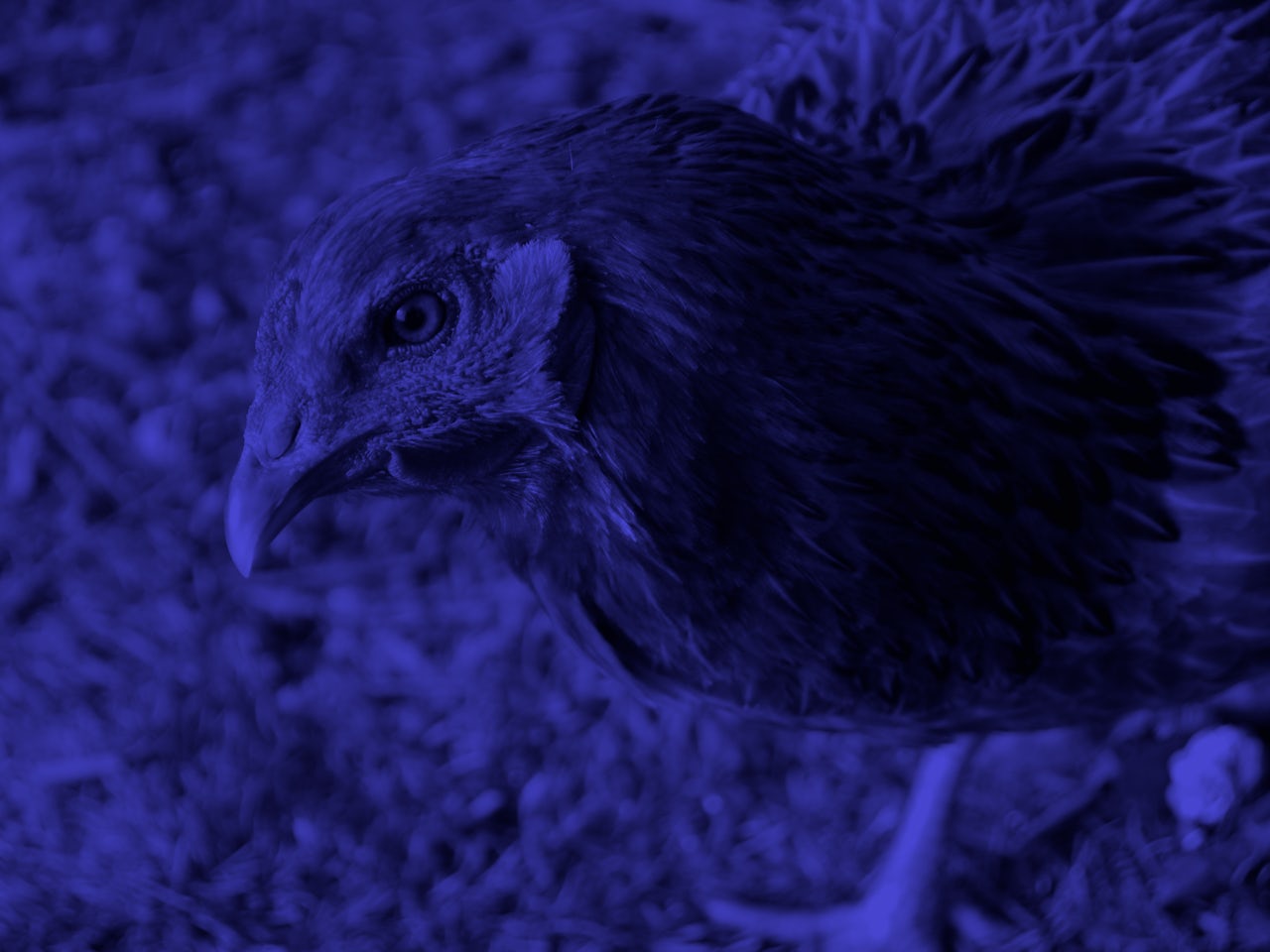A new study just published by the American Society for Microbiology has found something potentially disturbing: Some of the strongest antibiotics, reserved only for severe, human infections, have somehow made their way to livestock. The research demonstrated, via direct collection of data from farm animals, livestock resistance to carbapenems, antibiotics used for infections that are caused by multidrug, drug-resistant bacterias. They are almost always reserved for people who are hospitalized.
Carbapenems are not approved for animal use, making them illegal in livestock application, in addition to being very expensive. So how did these pigs develop resistance to them? In part, researchers think that it's because livestock commonly receive other, less powerful antibiotics throughout their lives, thereby lessening their resistance to the more powerful ones. Carbapenem-resistant bacteria, the report says, "has been described as heralding the end of the antibiotic era," and that the global spread of them would be an "urgent threat to public health."
Many people are unaware that most of the medically useful antibiotics sold in the United States — up to 70 percent — are used on livestock. Although the scientific community (and indeed the current report) have long counselled farmers to use antibiotics sparingly and only to treat infection, the vast majority of them are used to increase the size of the animals raised and to “overcompensate for crowded, unsanitary conditions,” according to the National Resources Defense Council. A 2014 CDC report estimated that up to half of antibiotics used in livestock were unnecessary and inappropriate.
The overuse of antibiotics in both humans and animals has led to widespread resistance, with more infections found each year to be resistant to currently available medications, and new drugs are slow to come to market. Many believe that without a massive rollback in our applications of antibiotics, the number of people who die each year from bacterial infections will continue to balloon, outpacing cancer deaths by 2050.
